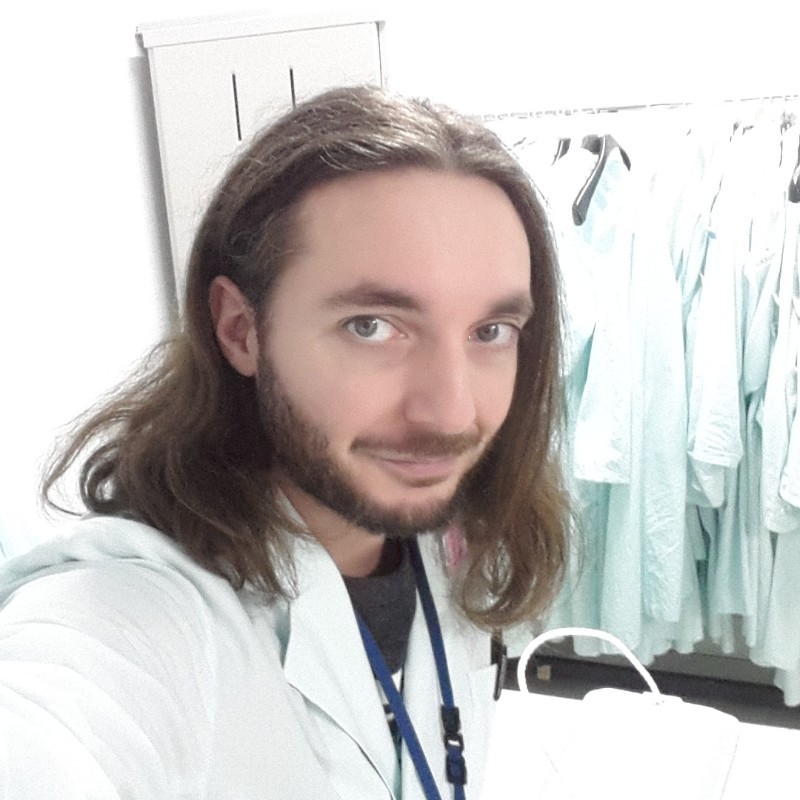Research And Grants

Children’s Cancer Institute – $50,000
Riccardo Cazzoli
$50,000.00
December 2023
Translational
DIPG
A novel formulation to allow the simultaneous targeting of MYCN expression and copper chelation to treat DIPG tumour and overcome multidrug resistance.
Introduction:
The aim of this proposal is to develop potential treatments for Diffuse Intrinsic Pontine Glioma (DIPG), a highly aggressive brain tumour primarily affecting pediatric patients. DIPG remains a significant challenge in the medical field, with limited treatment options and poor survival rates. To address this critical issue, we have been working on developing a novel delivery system that aims to enhance the effectiveness of drugs and RNA therapeutics specifically targeted to DIPG tumour cells. By improving drug delivery and minimizing toxicity, we hope to revolutionize DIPG treatment and significantly improve patient outcomes.
The Need for a Better Delivery System:
Conventional treatment methods for DIPG have shown limited efficacy due to the difficulty in delivering therapeutic agents into the brain and directly to the tumour. Many drugs and RNA therapeutics struggle to penetrate into the brain and effectively reach the tumour cells, leading to suboptimal outcomes. This calls for the development of a targeted delivery system that can efficiently transport drugs and RNAs to the cancer cells while minimizing side effects.
Introducing a Novel Delivery System:
In my research, we have been working on a breakthrough delivery system that utilizes the power of red blood cells (RBCs) as carriers for therapeutic agents. By harnessing the unique characteristics of RBCs, we can optimize drug and RNA delivery to DIPG tumour cells, resulting in improved treatment efficacy.
Enhanced Targeting and Reduced Toxicity:
The use of RBCs as delivery vehicles offers several advantages. Firstly, by functionalizing the surface of RBCs with specific adapters, we can enhance the targeting ability of the delivery system, ensuring that the therapeutic agents reach the intended cells.
Furthermore, the use of RBCs significantly reduces off-target toxicity. By encapsulating drugs and RNA therapeutics within the RBCs, we can shield them from premature degradation and clearance by the immune system. This not only improves the stability of the agents but also minimizes the risk of adverse effects on healthy tissues and organs.
The Potential of Personalized Medicine:
One of the most exciting aspects of our delivery system is its potential for personalized medicine. By utilizing RBCs derived from the patient's own blood, we can customize the delivery system for each individual and tailor it to accommodate different therapeutic agents. This personalized approach maximizes treatment effectiveness and minimizes the risk of adverse reactions.
Clinical Implications and Future Directions:
Our research paves the way for a paradigm shift in the treatment of DIPG and potentially other cancers. By enhancing drug and RNA delivery, we can overcome the challenges associated with current treatment modalities. The improved efficacy and reduced toxicity of our delivery system offer hope for better patient outcomes and prolonged survival rates.
Moving forward, we aim to conduct further preclinical studies to optimize the delivery system and validate its efficacy in animal models.
Conclusion:
In conclusion, our research focuses on developing a novel delivery system utilizing red blood cells as carriers for drugs and RNA therapeutics to improve the treatment of DIPG tumour. This innovative approach enhances targeting capabilities, reduces toxicity, and holds promise for personalized medicine in cancer treatment. By overcoming the limitations of current therapies, we strive to make a significant impact on the lives of DIPG patients and potentially transform the landscape of cancer treatment.

